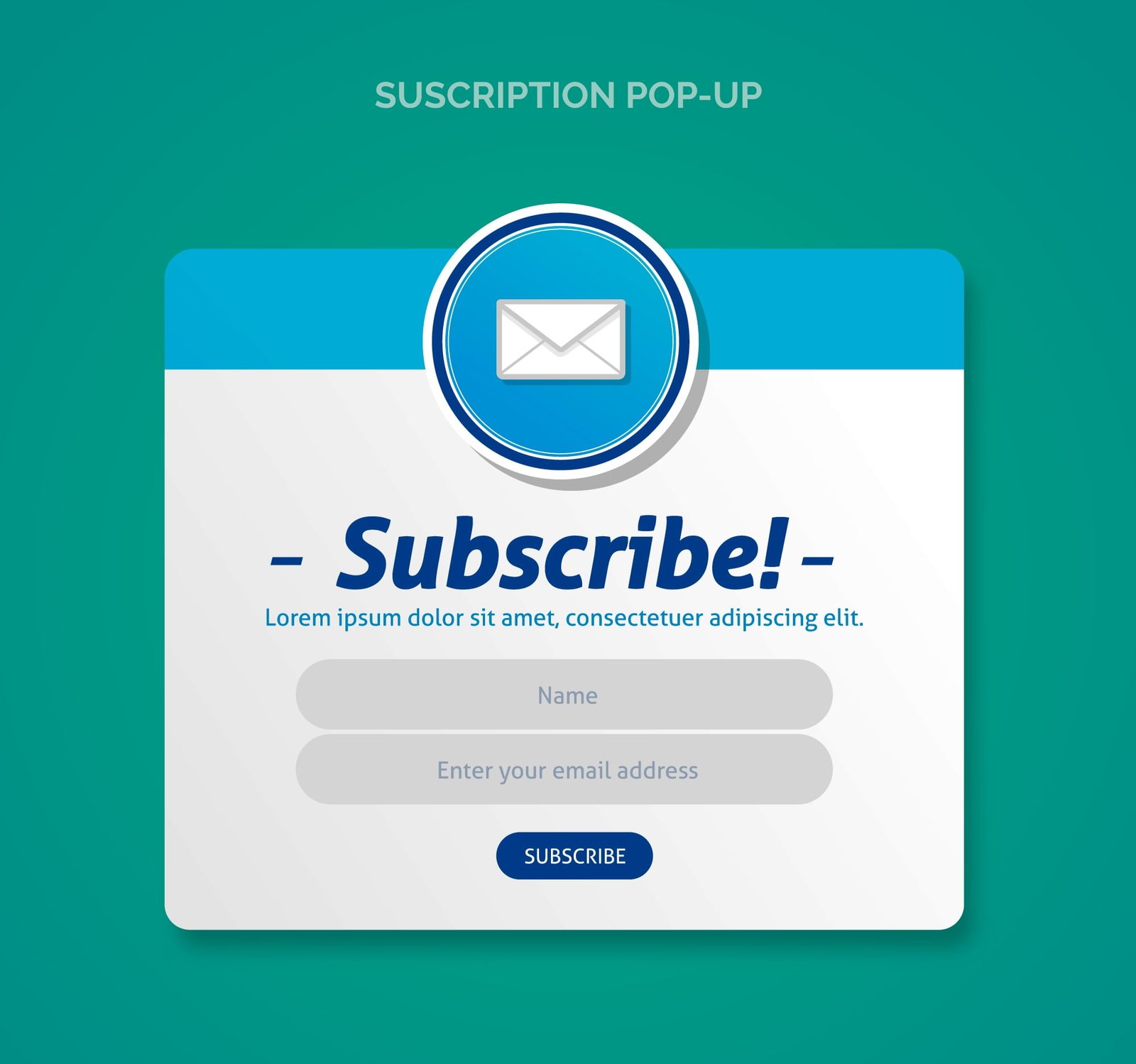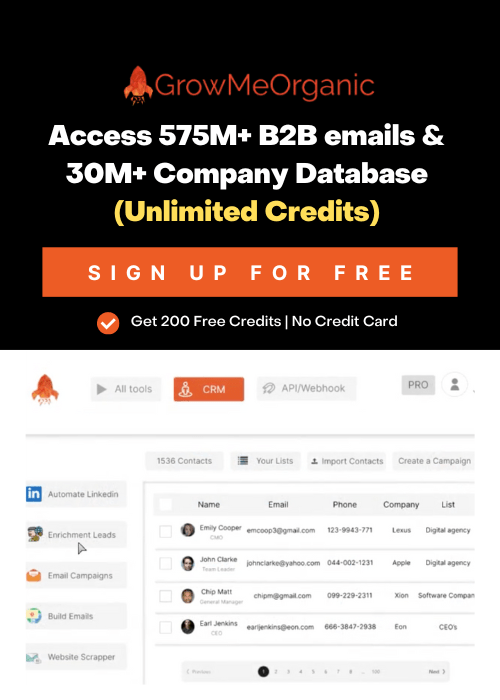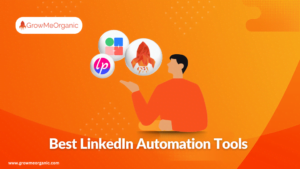When visitors first discover your e-commerce store, you can’t expect them to buy immediately—you can only encourage them. With the right encouragement, you can push them toward joining your email list.
With this approach, you can build the type of relationship that ultimately leads to conversion. One of the most reliable ways to do so is to design compelling email capture forms and make sure you time your pop-ups correctly.
This article explains different types of popups, how to schedule popups, and other quick tips for maximizing opt-in rates with pop-up timings.
Popups: What are they, and why are they important?
A popup is a piece of content that appears on a website at specific moments of a visitor’s browsing experience. Popups appear over the main content to capture the visitor’s attention.
While popups can be intrusive, if they’re used correctly, they can also become an effective way to capture your visitors’ attention, which can build a relationship that lasts longer than a single visit.
The best way to attract customers is by using professionally designed templates and easy-to-use pop-up timers. By using these templates and timers, you can encourage email subscriptions and grow your revenue.
How Should Popups Be Displayed and What Are Their Types?
Each type of popup has a perfect time to appear, so it’s crucial to use the right one based on the visitor’s mindset. For e-commerce stores, two types of popups are particularly useful:
Pop-ups with exit intentions
An exit-intent popup appears if a visitor intends to exit the site. This happens, for example, when they point the mouse toward the close button or when they move off the page. This helps you to retrieve leads that would otherwise be lost.
You must give people a reason to stay interested in these popups since they’re reaching out to someone on their way out.
Use them to allow customers to purchase by offering something that will appeal to them. Offers such as special discounts and freebies can address whatever issues may have prevented your shoppers from completing their purchases earlier.
Pop-ups for signing up
In addition to collecting information from your audience, you can also use popups to sign up. They can be used to build customer relationships that eventually result in conversions – and possibly repeat sales.
There are many ways to make these popups more appealing or interesting for the customer. Most customers will want something in return for their contact information, so simply asking for the information isn’t much of a pitch.
Offer benefits to get potential buyers to engage with you. Provide an incentive, such as a discount code, to get them to engage with you.
Popup opt-in rates from engagement can be increased in several ways. Measuring their behavior can help you ensure you are reaching out to those who are most likely to engage.
Create the popups so that they reappear after a certain amount of engagement, such as after a certain number of page views or time spent on the site.
How does the Right Timing Affect Popup Displays?
A popup can be tricky to master, and even harder to use without irritating customers. The reason for this is that their nature is disruptive to the customer journey. However, they are also argued to be effective because of this quality.
Using popups effectively and engaging with your customers requires the right timing. You risk losing visitors if you show popup forms too soon. They have likely not seen enough to know whether or not they are interested in developing a relationship with your company.
Showing popups too late can result in visitors completely missing you. It’s Showing popups too late can result in visitors completely missing you. You may have already missed out on influencing what they think about your brand.
Additionally, popups can be quite intrusive. A store that makes popups appear too frequently may appear too pushy, or worse, you may appear desperate for subscribers – and desperation is not a good look.
How to choose the best time to display pop-ups?
You should choose the timing of your popup based on its content and purpose. Those exit-intent popups, for example, are displayed to visitors who indicate that they are leaving your site.
The best results are achieved when these are displayed after visitors have already viewed several products or have added items to their shopping carts.
On the other hand, displaying opt-in rates in popup forms at the best time can be a little tricky. It helps ensure a certain level of engagement before asking visitors to sign up.
Utilize a popup timer to make email capture forms appear only after certain criteria are met. Among them are:
Views per page
Where do your customers engage with your store most?
Find out how many pageviews your customers get on average by analyzing their journey. A pop-up can be most effective when and where most customers are most likely to interact with it.
Consider, for instance, that more than half of all your visitors arrive at your homepage, and then visit three different products. You might consider placing a pop-up on the second product page your customer views to pique their interest with a discount. This suggests that they are generally interested in several products, so they will stay on your site for more than one.
After scrolling through a certain number of pages
How many different short pages does your site have, or do you have long pages with a lot of information?
Planting a pop-up at a certain spot on a page will ensure that only those who have been engaged up to that point will see it if your visitors scroll down long enough. Therefore, they are more likely to engage with the popup.
Your website, for instance, might feature detailed product descriptions, videos, and reviews. It’s more likely that visitors who reach the bottom of this extensive product page will consider buying this product than those who glance at the main image and leave.
Having a popup here at this moment ensures that those seeing it already have some engagement with your store enough to be interested in a special offer.
Upon entering the website, after a certain period
Can your homepage, or any other main page, captivate visitors for more than a few seconds?
Popups can be an effective way to capture your customer’s attention if they linger on certain pages longer than others. If you keep someone on one page, it is more likely that they will engage with the content you show them.
You might have a special page for sales or clearances, for example. If a visitor stays on this page long enough, he or she may be able to find the best deals or the most enticing products.
The ability to craft popup content based on what they want on this type of page is almost automatic when you know what they’re looking for. A popup telling the customer that they can receive sales news will likely encourage engagement in this case.
About Post Author
Anant Gupta
Growth Hacker, Marketing Automation Enthusiast & Founder of GrowMeOrganic








